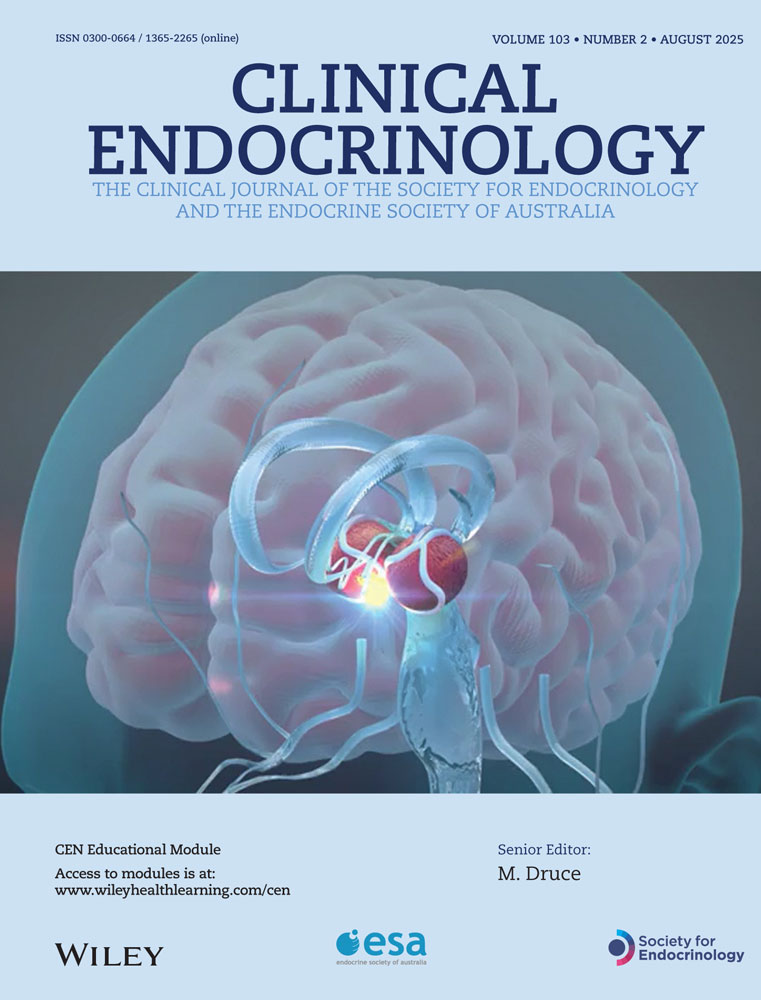Characterization of a novel DNA polymorphism in the human CYP21 gene and application for DNA diagnosis of congenital adrenal hyperplasia
Abstract
OBJECTIVES
Congenital adrenal hyperplasia (CAH) is a common endocrine disorder and CYP21 (21-OH, EC 1.14.99.10) deficiency is the most common cause of the disease. The presence of a pseudogene and a wide range of mutation types often makes DNA diagnosis difficult. Analysis of mutant alleles from patients with CAH identified a new DNA polymorphism in exon 10. To test the usefulness of this polymorphism, linkage analysis was performed using three RFLP's at both end of the CYP21 gene in patients and controls.
DESIGN AND PATIENTS
Genomic DNA was extracted from 21 unrelated patients and 39 unaffected individuals. Haplotyping analysis was performed for three RFLPs, MspI and Fnu4HI in intron 2 and a new SmaI RFLP in exon 10. All three polymorphic sites were characterized by DNA sequencing and usefulness of these RFLPs for DNA diagnosis was tested in patients' families.
MEASUREMENT
CAH patients were diagnosed by clinical symptoms and biochemical tests. Allele frequencies and heterozygosities were studied for three RFLP's in patients and controls using polymerase chain reaction (PCR).
RESULTS
A new SmaI RFLP showed a sequence difference as G or A at the nucleotide position 2694 in exon 10. Sequences at the MspI and Fnu4HI polymorphic sites were T or C at the nucleotide position 395 and 453, respectively. All of these RFLPs showed biallelic DNA polymorphisms and codominant segregation in family analysis. Heterozygosities were 0.31 for MspI, 0.48 for Fnu4HI and 0.44 for SmaI in normal individuals. There was no linkage disequilibrium for three RFLPs between patients and controls.
CONCLUSIONS
The SmaI RFLP can be useful for linkage analysis and DNA diagnosis in conjunction with RFLPs in intron 2 in CAH families because the polymorphic site is within the active gene at the 3′ end. DNA sequencing results revealed that these RFLPs were created by gene conversions as with other mutations in the CYP21 gene.




